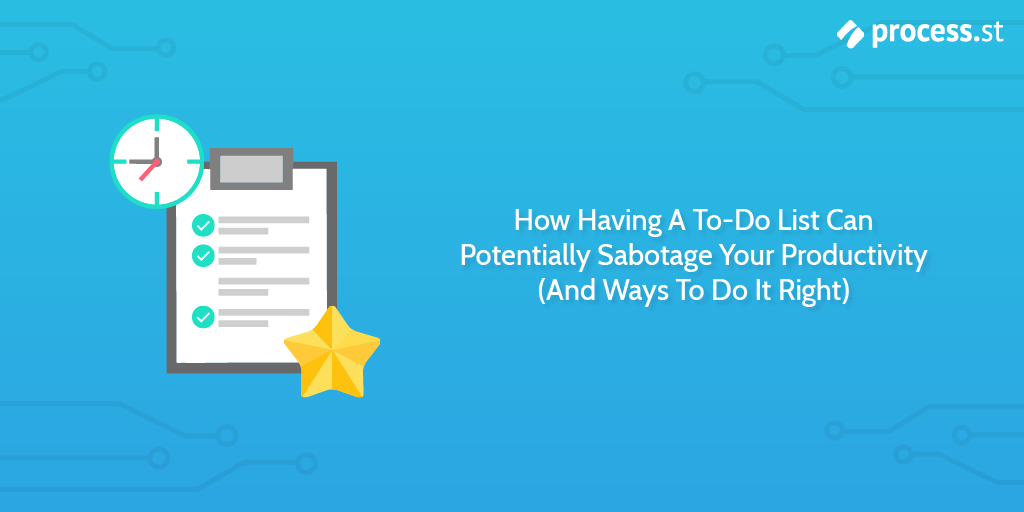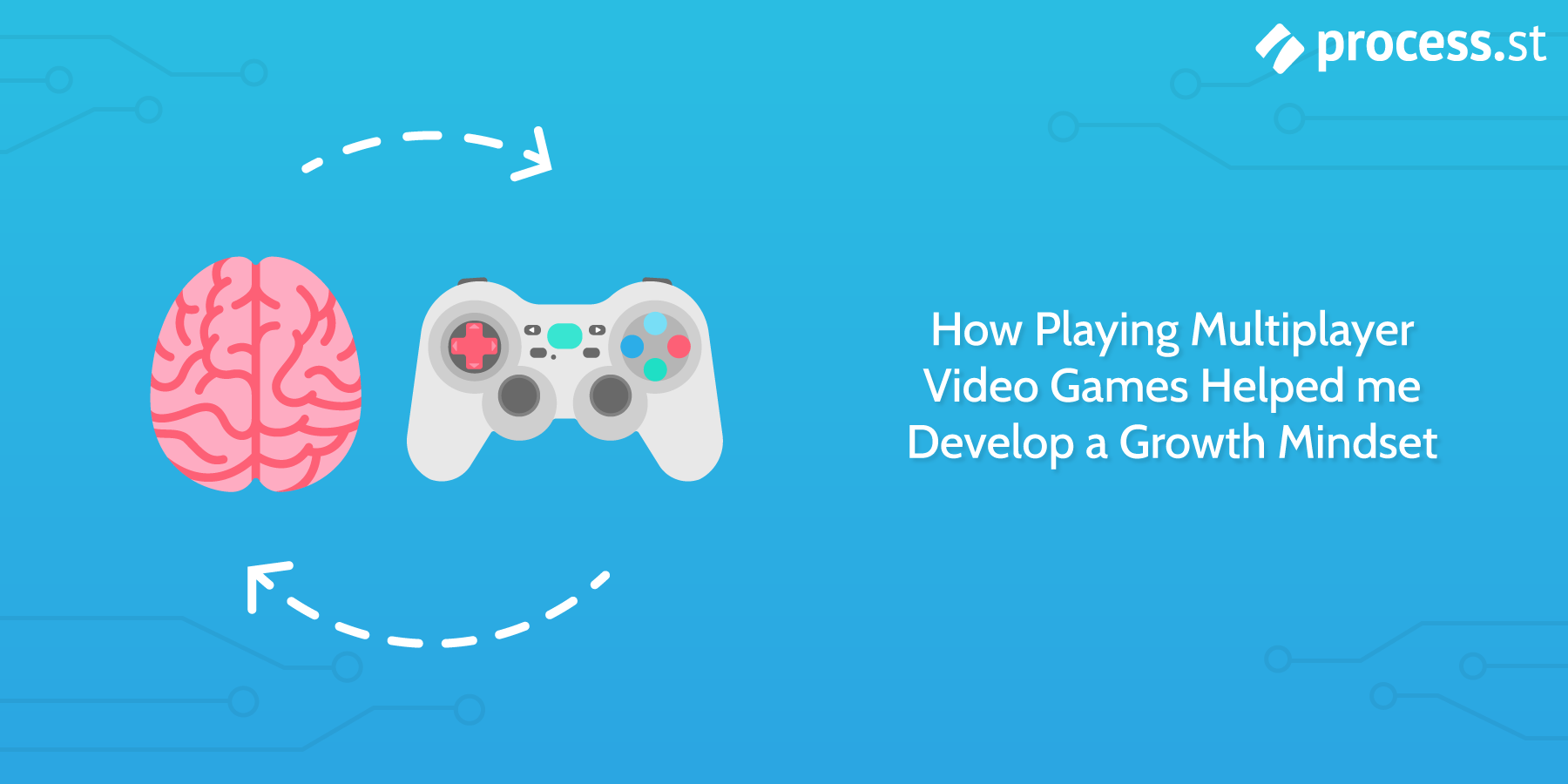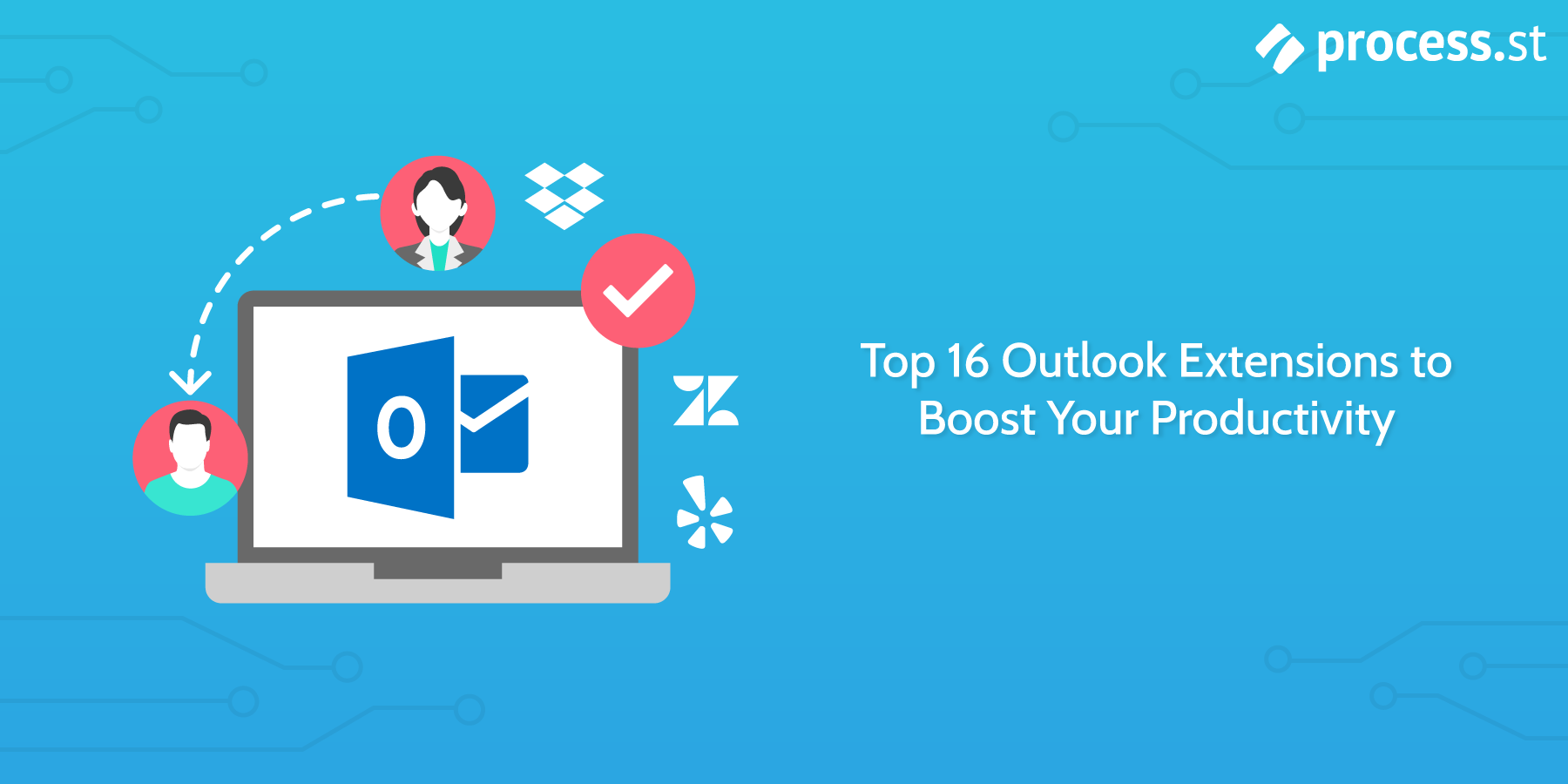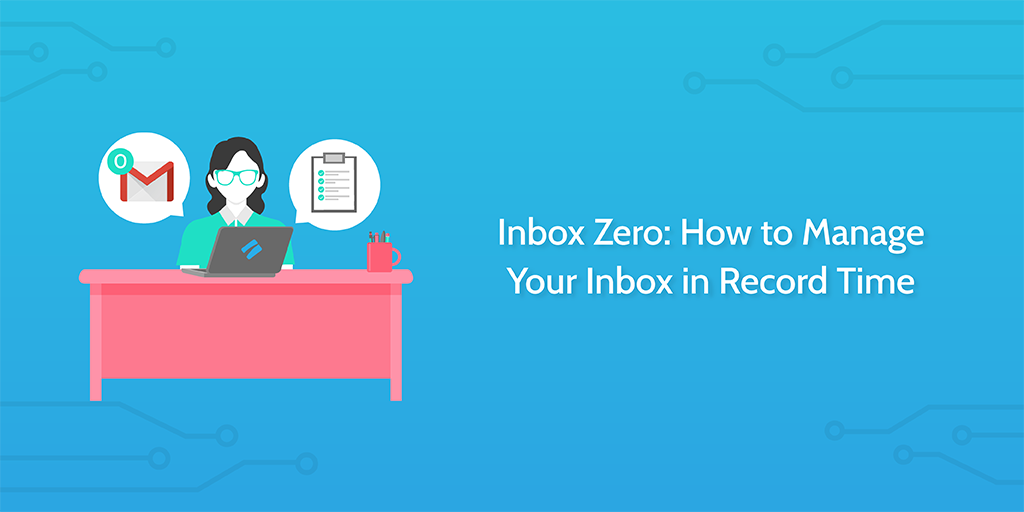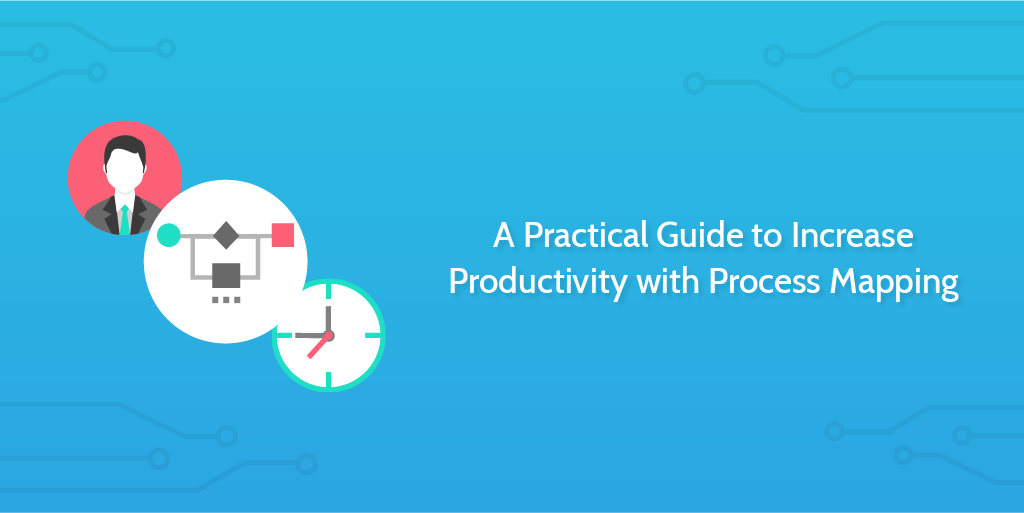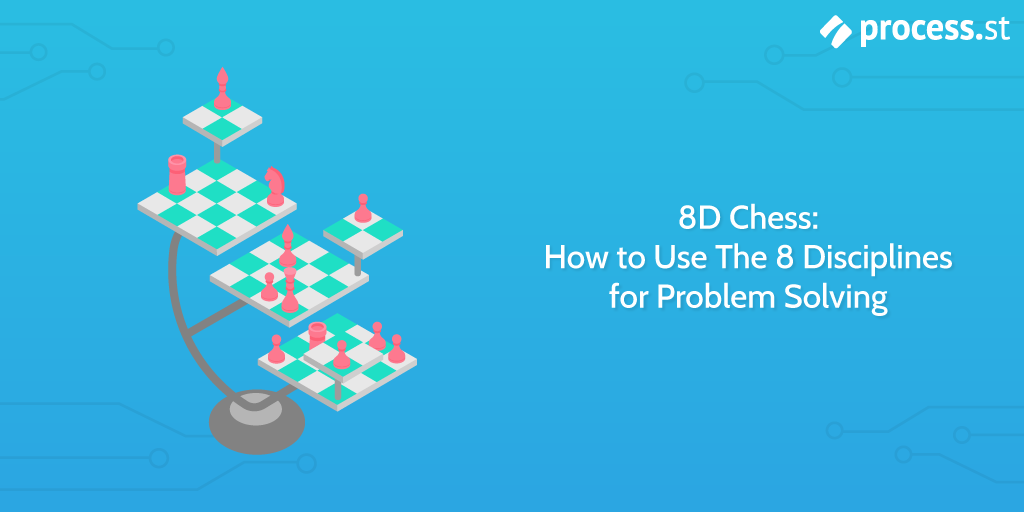
Hospitals have developed something of a reputation for being rife with bad processes. When processes aren’t adequate, the result is an abundance of “workarounds”.
For example, when equipment or supplies are missing, a nurse might waste time running around searching for what is needed, and once the item is found, return to their previous duties.
One study indicates that nurses spend 33 minutes of a 7.5-hour shift completing workarounds that are not part of their job description.
This may well “put out the fire” so-to-speak, but really it is just a hastily applied band-aid that does nothing to treat the root cause of the problem.
More time is wasted and more problems will arise in the future because nothing has been done to prevent the initial problem from happening again.
Individual nurses are not at fault here; workplace culture often values expertise in the form of those who “get the job done”, which tends to pull against the notion of spending time building good processes (time in which the job is perhaps not “getting done”).
So how to approach the problem of problem solving?
In a lean context, problem solving can be distilled into two simple questions:
- What is the problem and how did it happen?
- How can we make sure that it doesn’t happen again?
The 8D, or eight disciplines methodology, is a problem solving process – most likely one of the most widely used problem solving processes out there. It is used by many different countries, in many different industries, and many different organizations.
8D is designed to help you put out those fires, and make sure they don’t happen again.
In this article, I’ll introduce you to the 8D problem solving methodology and provide you with an outline of the basic process that you can hopefully apply in your own business, plus how you can enhance 8D with other tools and methodologies like Six Sigma, FMEA, and Process Street.
Here’s what I hope you’ll take away after reading:
- An understanding of the basics of 8D
- Advantages of using 8D
- The purpose and objectives of each phase of the 8D process
- An understanding of how to use 8D for problem solving
- How 8D works with other problem solving tools
- How you can use Process Street to maximize the potential of the 8D framework
Let’s begin with the origins of 8D – what is it, and where did it come from? Continue Reading







 Workflows
Workflows Forms
Forms Data Sets
Data Sets Pages
Pages Process AI
Process AI Automations
Automations Analytics
Analytics Apps
Apps Integrations
Integrations
 Property management
Property management
 Human resources
Human resources
 Customer management
Customer management
 Information technology
Information technology





